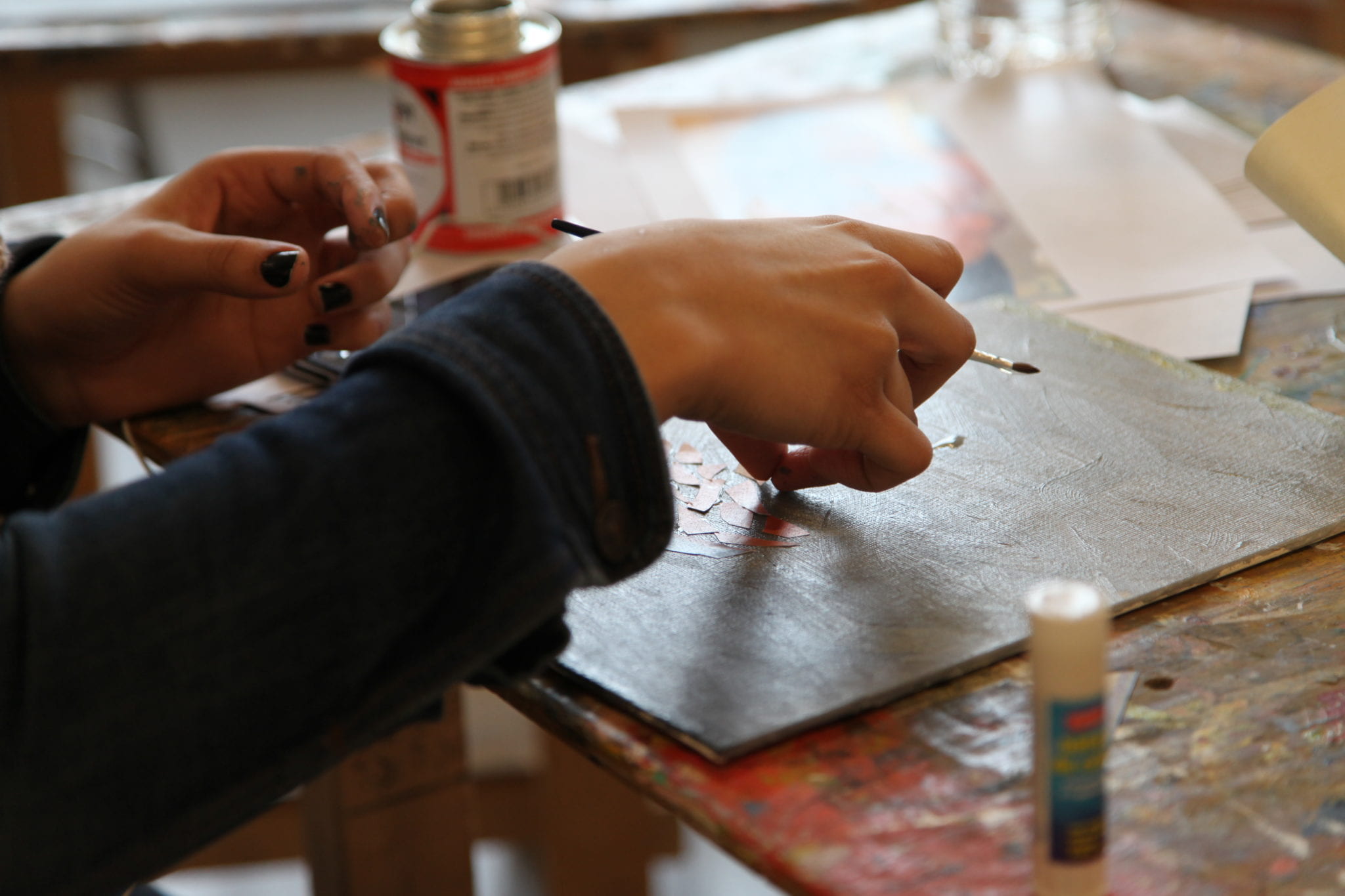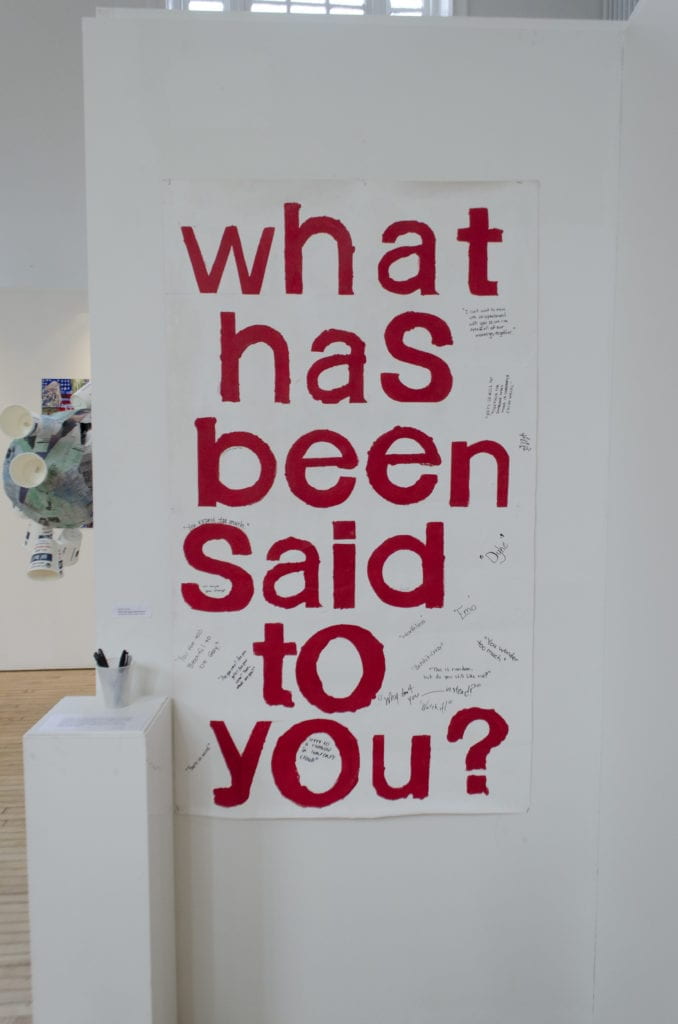
Waste Not, Want Not
Consumption and waste are part of our everyday lives. As a culture we produce much that we throw away, from household garbage to toxic industrial waste. Increasingly, technological waste is becoming commonplace as we upgrade our computers and other digital equipment. Since the energy crisis in 1973 the term recycling has become part of our understanding of waste. Where does our garbage go? Artists have responded to the topic in a variety of ways – by making art with recycled materials, visually documenting what happens to toxic waste, as well as raising awareness about the labor that goes behind waste management. This class will look at waste from different social, cultural and political perspectives while giving students a chance to make artwork in a variety of media. Students will each make a final work for exhibition that reflects on the concept of waste from a personal perspective.
It’s How You Say It
Many visual artists play with words and language. In their work, artists explore how we learn about the world we live in and ourselves by combining visual images and text in different ways. Many visual artists experiment with language to create new ways we read or make meaning with text and image. Others play with media forms that combine image and text, such as books, visual poetry, alphabets, or advertising. Increasingly, artists are using text and image or only text to open dialogue about pertinent issues in our world. In this class, students will have a chance to see how artists play with language in a variety of ways and experiment with different forms of art that include text and language. In a culminating work for the exhibition, students will generate their own statement about the world using image and text while experimenting with different art forms such as bookmaking or advertising.
Superheroes:
What if we had special powers that allowed us to do super-human things? What powers and possibilities have superheroes in cartoons and comic strips represented over time and how have they wielded their powers to do good or evil in the world? The superheroes we create can tell us about how we want to be in the world, but also about the problems and concerns of our society. Artist activist have used superheroes to speak about social concerns in communities and world. This class explores how artists, graphic novelists and activists have created a cast of superheroes that reflect real and imagined situations and the ways that we can change the situations to make a better world.
Put it on Repeat
From vinyl record covers to music videos, artists have worked with music as both subject and medium. How have artists translated sound in visual ways, and helped us see our music with fresh eyes and ears? How has technology influenced the way we make, listen to, and appreciate music and given artists new ways to help us hear and see music and sound? Artists have also used sound to address pressing issues in our society and world from issues of freedom of speech to terrorism. In this class, students will look at a range of artists who work with sound in contemporary ways, and experiment with new ways to make visual art with sound.
Self-Portraits: From Rock Paintings to Selfies
The selfie is the most common form of picture taking today. We all use our phones and cameras to document who we are and where we’ve been. The self-portrait is the oldest form of art – from the first cave paintings to Facebook – humans like to make pictures of themselves! Contemporary artists have used the self portraits to address issues related to cultural identity and politics. How and why do we define ourselves through self-portraits? How and why do artists present themselves in their artwork? This class will look at the diverse ways artists address both personal and social, cultural, and political issues using self-portraits. Students will be able to explore what self-portraits mean to them in today’s world.










